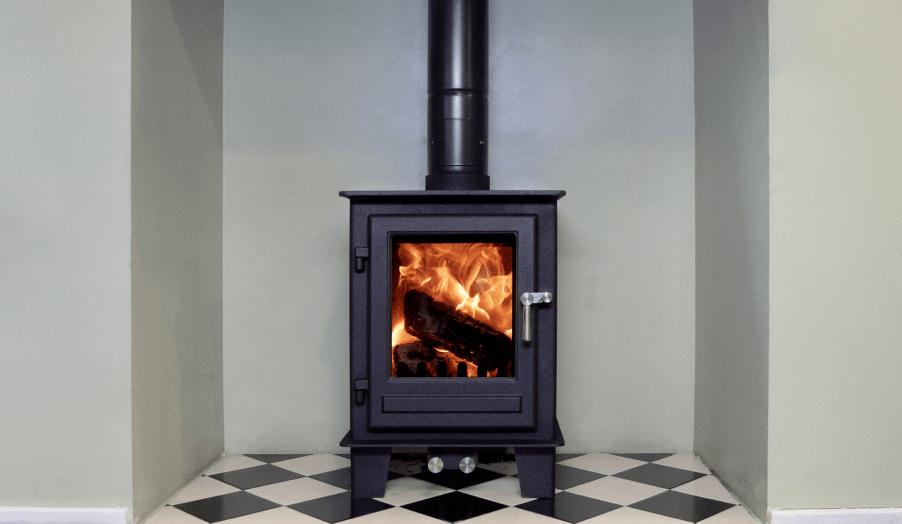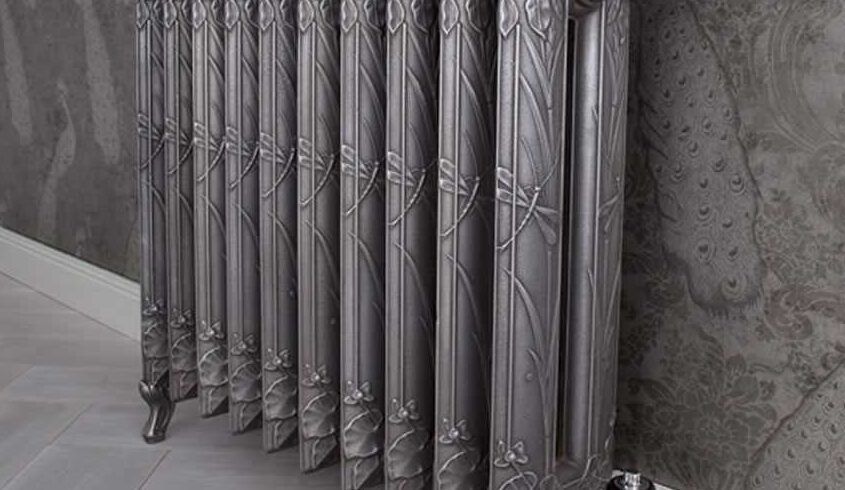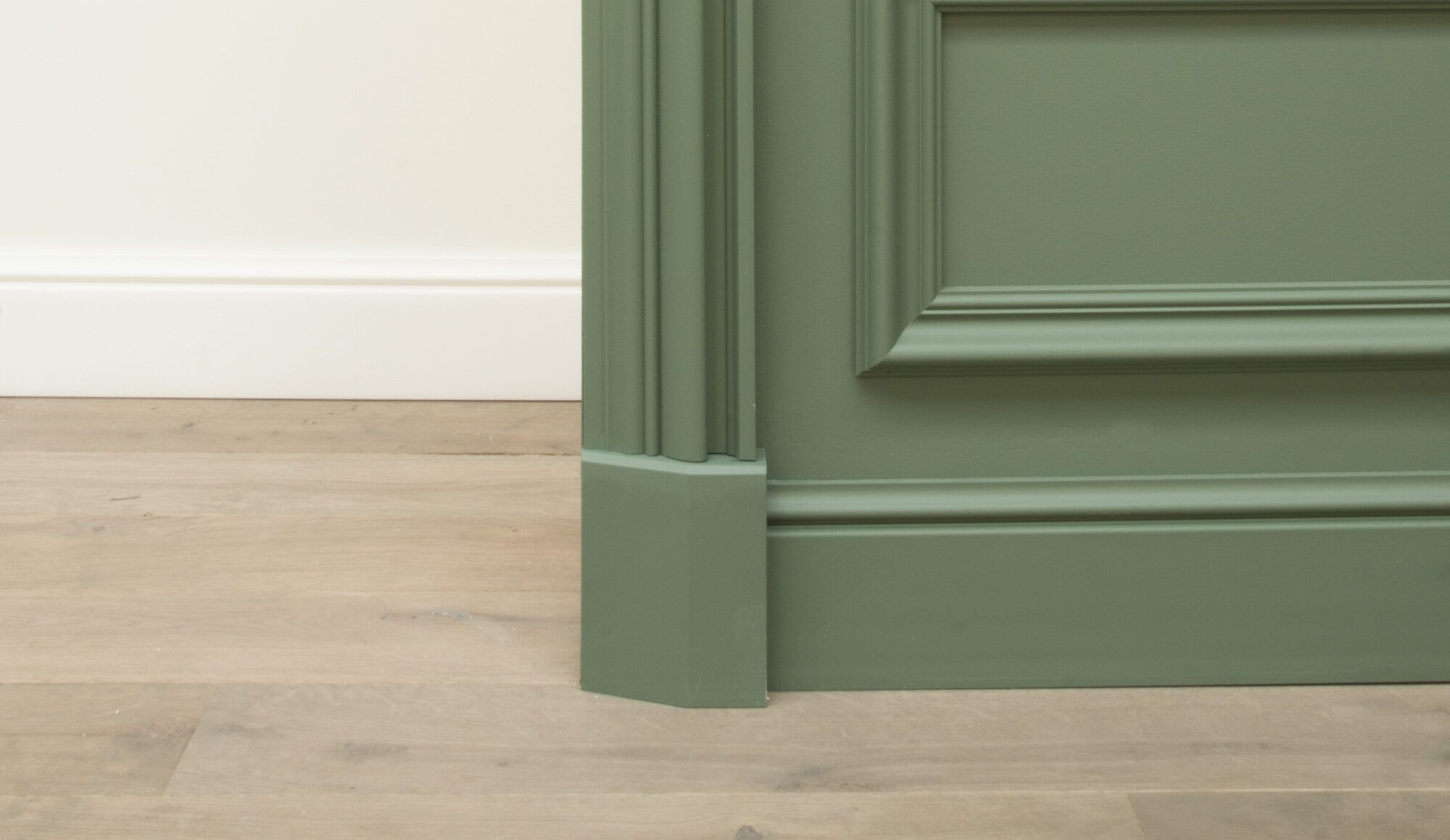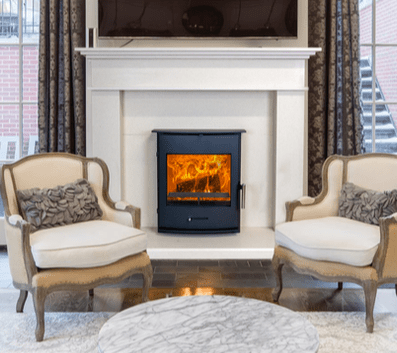Lightweight Mouldings
Lightweight MouldingsExterior Mouldings
Exterior MouldingsPlaster Mouldings
Plaster MouldingsFireplaces & Stoves
Fireplaces & StovesCast Iron Radiators
Cast Iron RadiatorsFREE delivery on online orders over £200 from lightweight range
Lightweight Mouldings
Lightweight MouldingsExterior Mouldings
Exterior MouldingsPlaster Mouldings
Plaster MouldingsFireplaces & Stoves
Fireplaces & StovesCast Iron Radiators
Cast Iron RadiatorsMore...

Company


Inspiration

Help & Advice

Special Offers
More
Company
Sales & Support
Inspiration
Help & Advice
Special Offers
22nd May 2023
Wood-burning stoves have become increasingly popular in recent years and for a good reason. They offer a warm and cosy atmosphere in any home, and they can also be a cost-effective, carbon-neutral heating solution. We will cover everything you need to know about wood-burning stoves, including installation requirements, availability, and potential savings.
Before installing a log burner stove, there are several requirements that need to be considered.
First, you’ll need to ensure that you have a suitable location for the stove, with adequate space and ventilation.
Secondly, you’ll also need to ensure that your chimney is in good condition and can handle the heat generated by the stove. If you do not have an existing chimney, a twin wall flue system would be required. Occasionally, you may need to obtain building permits or adhere to local regulations. It is important to do your research before beginning the installation process.
The stove manufacturer and local building codes determine the recommended space (clearances) around a stove. Clearances are essential to ensure proper ventilation, prevent heat damage to nearby materials, and reduce fire risk. Failure to do so can result in heat damage, fire, or carbon monoxide poisoning.
If you have any more questions about installing a log burner stove, please get in touch with us. We are more than happy to offer our expertise.
Because of the nature of the product, we do not sell our wood-burning stoves online. At our Glasgow showroom, we offer a wide variety of log-burning stoves to suit any home decor or heating needs. We offer traditional designs as well as modern stoves and we can also help you choose the right size and model for your home.
Brands: Clock Stoves, Stovax Stoves, Varde Ovne Stoves, Burley Stoves, HETA Stoves, ESSE Stoves, and many more
One of the main benefits of installing a wood-burning stove is the potential savings on your heating bills. Unlike traditional central fossil heating systems, wood-burning stoves use renewable energy sources, such as logs, pellets, or chips. This means that you can save money on your heating bills while also reducing your carbon footprint.
There are several types of wood-burning stoves available on the market, each with its own unique design and features. Here are some of the most common types:

Pevex Newbourne 40i Inset stove
These stoves have a timeless design. They are often made from cast iron or steel, creating a warm and cosy atmosphere in any home.
These stoves come in sleek and modern designs. They are usually made from steel and are perfect for those looking for a more minimalist look.
These stoves are designed to be fitted into an existing fireplace or smaller opening, allowing you to enjoy the benefits of a wood-burning stove while still maintaining the aesthetic of your fireplace.
Wood-burning and Multi-Fuel stoves are available in a variety of materials, each with its own advantages and disadvantages. Below are some of the most common materials used in wood-burning stoves and their pros and cons:
Cast iron is a popular material for wood-burning stoves due to its durability and classic look. Cast iron stoves can also retain heat well, making them efficient at heating a room after the fire has gone out. However, they can be heavy and may take longer to heat up than stoves made from other materials.
Steel wood-burning stoves are lightweight and durable, making them easy to move. They heat up quickly, which means they can start providing warmth almost immediately. Steel stoves do not retain heat well after the fire has gone out.
Soapstone is a natural stone that is often used in wood-burning stoves due to its ability to retain heat well. Soapstone stoves are also known for their unique and attractive appearance. However, soapstone is a relatively soft material, which means it can crack or chip over time.
If you’re interested in installing a wood-burning stove in your home, we encourage you to visit our Glasgow showroom. We have a variety of stoves on display to allow you to envisage how they would look in your own home.
If you prefer to look online, visit our wood-burning stoves page. Here, you can find more information about our products and services, as well as make enquiries about stove installations. Our team of experts is always available to answer any questions you may have about the perfect stove for your home.
In conclusion, wood-burning stoves are an excellent heating solution for any home. They offer a warm and cosy atmosphere, potential savings on your heating bills, and are environmentally friendly.
A wood-burning stove works by burning wood to create heat, which is then radiated out into the room. The heat from the stove can be controlled by adjusting the airflow into the firebox.
Dry, seasoned hardwoods such as oak, maple, and cherry are best for use in a wood-burning stove. Avoid using softwoods like pine, as they contain high levels of resin, which can cause creosote buildup in the stove and chimney.
A chimney is required for a wood-burning stove to vent the smoke and gases produced during combustion. If you don’t have a traditional brick built chimney then you would require to have a twin wall flue system installed.
It’s recommended that you clean your chimney at least once a year, preferably before the heating season starts. However, you may need to clean it more frequently depending on how often you use it.
No, it is not recommended to install a wood-burning stove yourself. The installation process can be complex and requires knowledge of building codes and regulations. You must have a professional installer for installation and a HETAS registered fitter will have the knowledge required for safe installation.
The amount of heat produced by a wood-burning stove depends on its size and the type of wood being burned. Generally, a stove can produce anywhere from 3kw to 11kw. We can help calculate the correct heat required for your room.
Wood-burning stoves can be a sustainable and environmentally friendly heating option when used correctly. However, it’s important to ensure that the stove is Ecodesign approved and that you are using dry, seasoned wood to minimize emissions.
Yes, it’s important to follow safety precautions when using a wood-burning stove, such as keeping flammable materials away from the stove, using a fireproof hearth and installing a carbon monoxide detector.
The cost of installing a wood-burning stove can vary depending on factors such as the type of stove, the complexity of the installation, and the location. It’s best to get a quote from a professional installer to determine the cost.

25th March 2024
Our Glasgow showroom will be closing for Easter holiday at 4pm on Wednesday 16th April and shall re-open on Tuesday...
Easter Holiday 2025
27th July 2020
Wall panels are both decorative and functional. They are perfect for creating character within the interior of your home. Our...
Wall Panel Inspiration
3rd November 2022
Ceiling designs have seen some interesting trends over the years, from popcorn ceilings to skip trowels, these trends were mostly...
How To Transform Your Ceilings Within a BudgetYou've selected some products for comparison. Click here to compare the products you've selected.
View Products